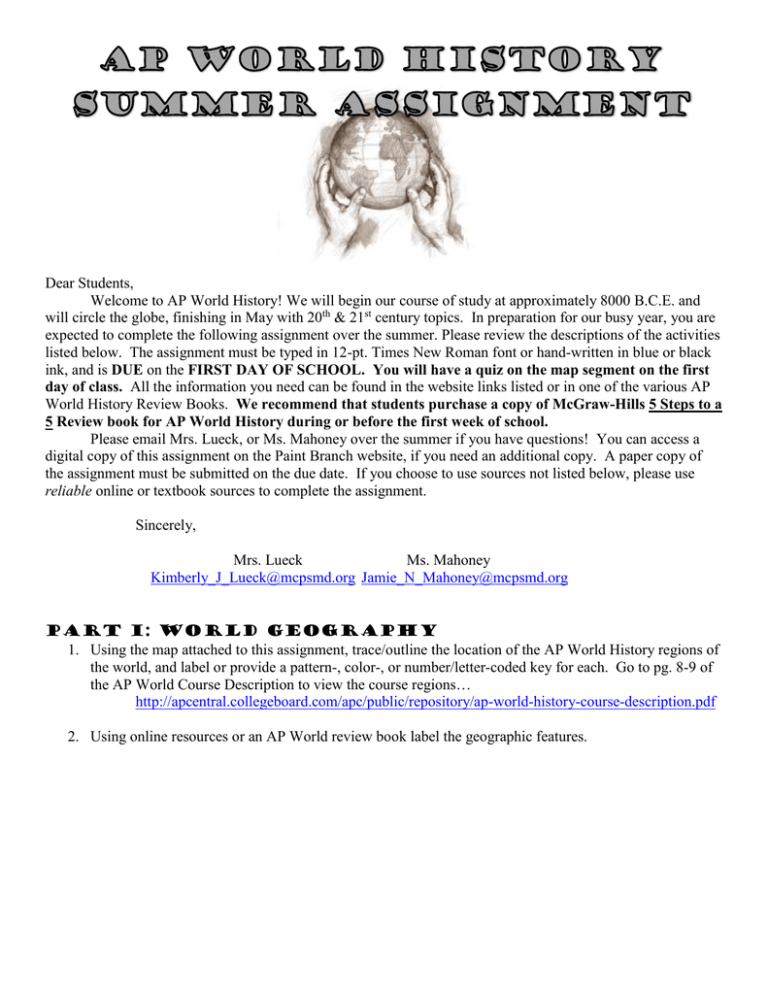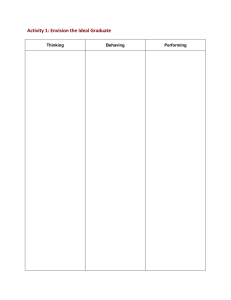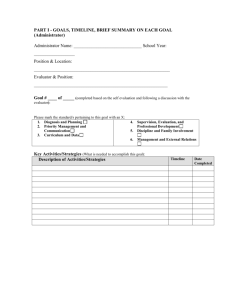AP World History Summer Assignment 2014-2015
advertisement

Dear Students, Welcome to AP World History! We will begin our course of study at approximately 8000 B.C.E. and will circle the globe, finishing in May with 20th & 21st century topics. In preparation for our busy year, you are expected to complete the following assignment over the summer. Please review the descriptions of the activities listed below. The assignment must be typed in 12-pt. Times New Roman font or hand-written in blue or black ink, and is DUE on the FIRST DAY OF SCHOOL. You will have a quiz on the map segment on the first day of class. All the information you need can be found in the website links listed or in one of the various AP World History Review Books. We recommend that students purchase a copy of McGraw-Hills 5 Steps to a 5 Review book for AP World History during or before the first week of school. Please email Mrs. Lueck, or Ms. Mahoney over the summer if you have questions! You can access a digital copy of this assignment on the Paint Branch website, if you need an additional copy. A paper copy of the assignment must be submitted on the due date. If you choose to use sources not listed below, please use reliable online or textbook sources to complete the assignment. Sincerely, Mrs. Lueck Ms. Mahoney Kimberly_J_Lueck@mcpsmd.org Jamie_N_Mahoney@mcpsmd.org Part I: World Geography 1. Using the map attached to this assignment, trace/outline the location of the AP World History regions of the world, and label or provide a pattern-, color-, or number/letter-coded key for each. Go to pg. 8-9 of the AP World Course Description to view the course regions… http://apcentral.collegeboard.com/apc/public/repository/ap-world-history-course-description.pdf 2. Using online resources or an AP World review book label the geographic features. AP World History Regional Map AP World Curriculum Regions North America South America Eastern Europe West Africa Name: ______________________________ South Asia East Asia Southeast Asia Central Asia Eurasia Mesoamerica Sub-Saharan Africa East Africa Central Africa North Africa Middle East Key Geographic Features: Caribbean Sea Mediterranean Sea Atlantic Ocean Pacific Ocean Indian Ocean Latin America Oceania Saharan Desert Western Europe Himalayan Mountains Part II: Paleolithic & Neolithic Eras Investigating the Paleolithic Era: Human Evolution Timeline Directions: Visit “Human Evolution Timeline Interactive” website at the National Museum of Natural History to explore the archeological evidence left behind by early humans. URL: http://humanorigins.si.edu/evidence/human-evolution-timeline-interactive Key Events: Examine the lower part of the timeline, “Major Milestones in Human Evolution” and record the approximate date and significance of the following events. A. Stone Tools Used: B. Fire Discovered: C. Increase in Brain Size: Exploring the Evidence: Click “Magnifier” below the timeline to explore artifacts from the past 200,000 years (Double check at bottom of timeline). Category Investigate 4 artifacts used for tools and food (PINK) Investigate 3 artifacts about social life (BROWN) Investigate 2 artifacts about symbolism (GREEN) Artifact What was its purpose? What does it tell us about early humans?




